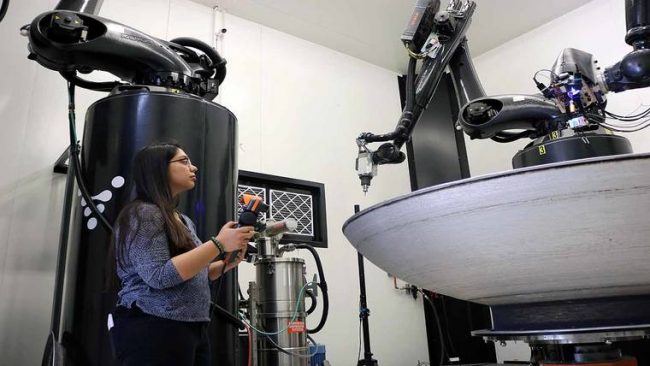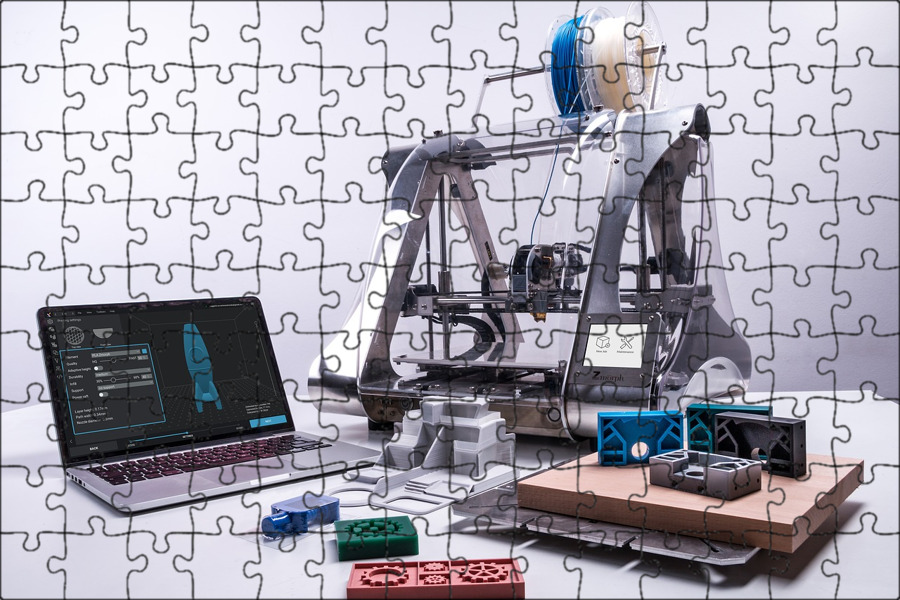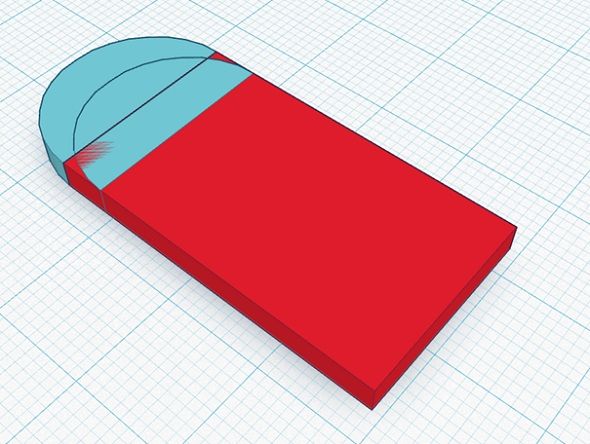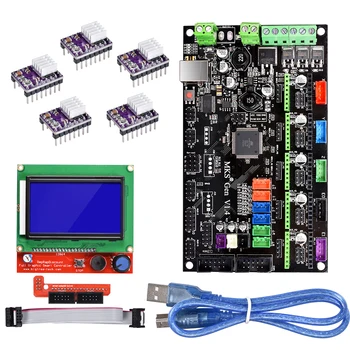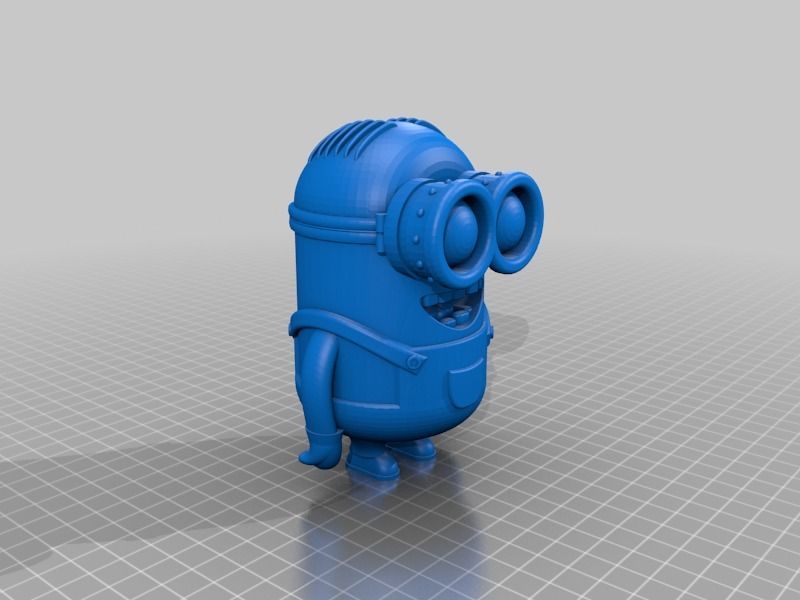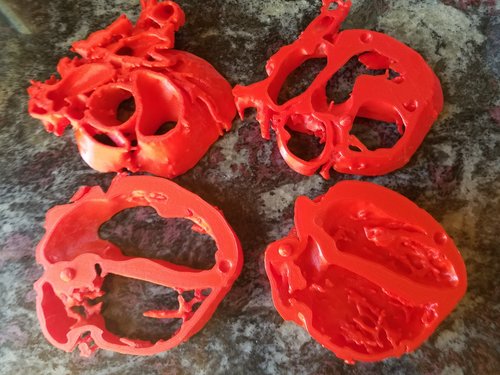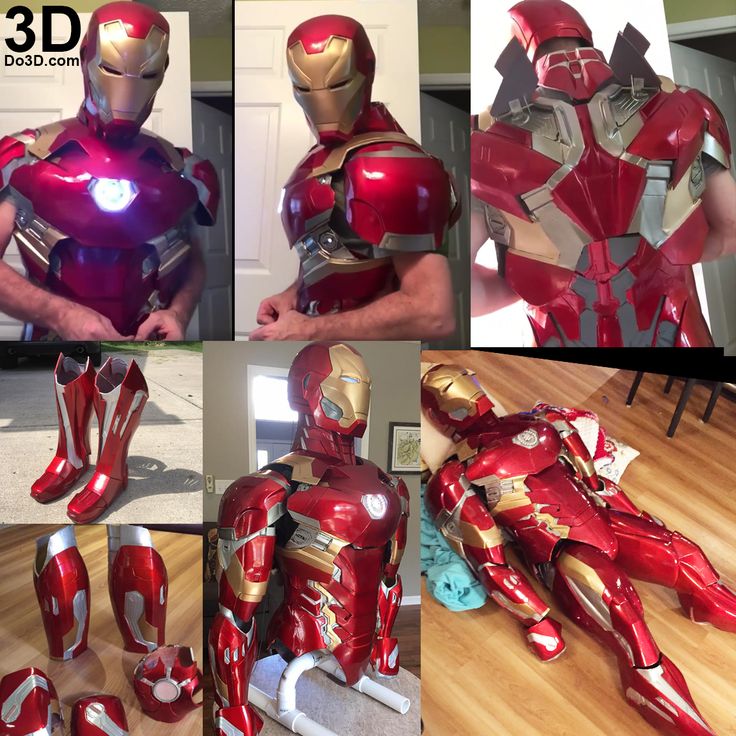3D printed rockets
Relativity Space
Scroll
FACTORY OF
THE FUTURE
ROCKETS BUILT AND FLOWN IN DAYS
Relativity's proprietary Factory of the Future centers on Stargate, the world’s largest metal 3D printers, that create Terran 1, the world’s first 3D printed rocket, and the first fully reusable, entirely 3D printed rocket, Terran R, from raw material to flight in 60 days. Relativity’s Stargate printers’ patented technology enables an entirely new value chain and innovative structural designs that make Terran 1 and Terran R possible. By developing its Factory of the Future and rockets together, Relativity accelerates its ability to improve design, production, quality, and speed.
Zero fixed tooling and radical part count reduction
LEARN ABOUT TERRAN
POWERING THE STARGATE PRINTER
METALLURGY
Relativity developed multiple proprietary alloys custom designed for 3D printing to meet mission-critical performance.
UNIFORMITY
Parts are inspected during and after printing to ensure they meet the highest standards of uniformity and quality.
THE FUTURE IS 3D PRINTEDFor 60 years, aerospace manufacturing has relied on large factories, fixed tooling, complex supply chains, and extensive manual labor to build costly rockets comprised of 100,000+ parts in 2 years or longer.
To accelerate innovation in the industry, Relativity built its Factory of the Future, the first aerospace platform to automate rocket manufacturing, vertically integrating intelligent robotics, software, and data-driven 3D printing technology. Incorporating Stargate, the world’s largest metal 3D printer with AI-driven controls, our Factory of the Future continuously optimizes production, resulting in greatly compounded quality and time improvements, lower costs, and product designs previously not possible.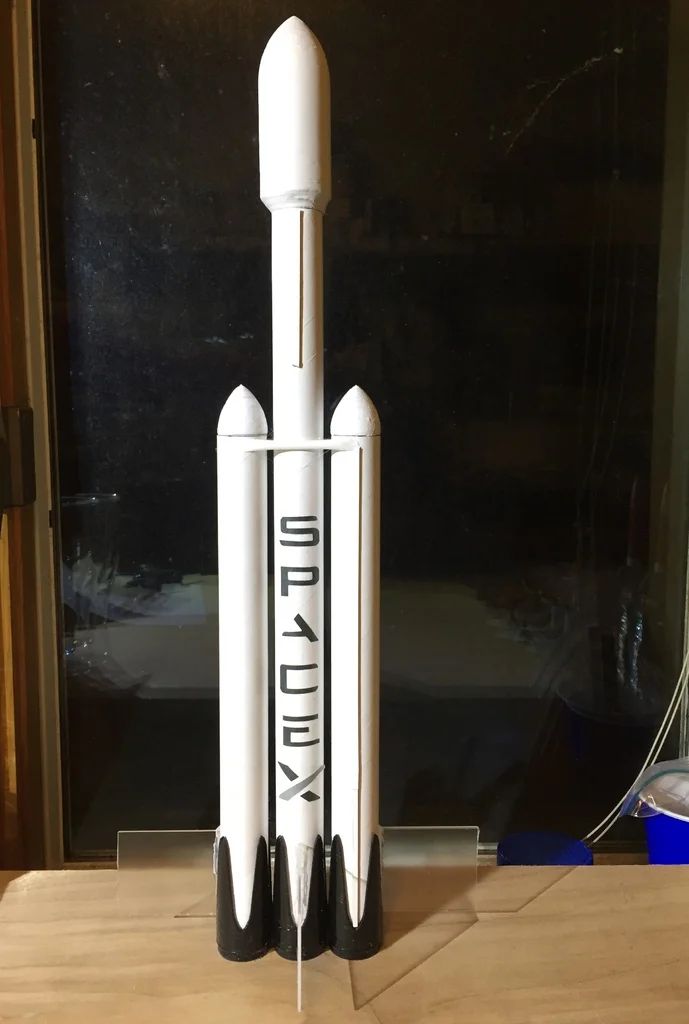
Relativity is an application-layer 3D printing company that is starting with rockets, and will extend its Factory of the Future to all of aerospace.
Rigid Factories, Fixed
tooling & HIGH Labor Costs
100,000+ Part Count
24 Month Build Time
48 Month Iteration Time
Complex Supply Chain
High Physical Complexity
ADAPTABLE, SCALABLE
AUTONOMOUS ROBOTICS
<1,000 Part Count
2 Month Build Time
6 Month Iteration Time
Simple Supply Chain
Software Defined Factory
CHANGING THE WAY ROCKETS ARE BUILT AND FLOWN
Custom designed
for printing
- High strength alloys specially designed for Stargate printers
- Physical properties designed to meet mission-critical structural requirements
- In-house material characterization lab for quickly iterating on new alloy development
- Relativity developed multiple proprietary alloys custom designed for 3D printing to meet mission-critical performance
- Parts are inspected during and after printing to ensure they meet the highest standards of uniformity and quality.
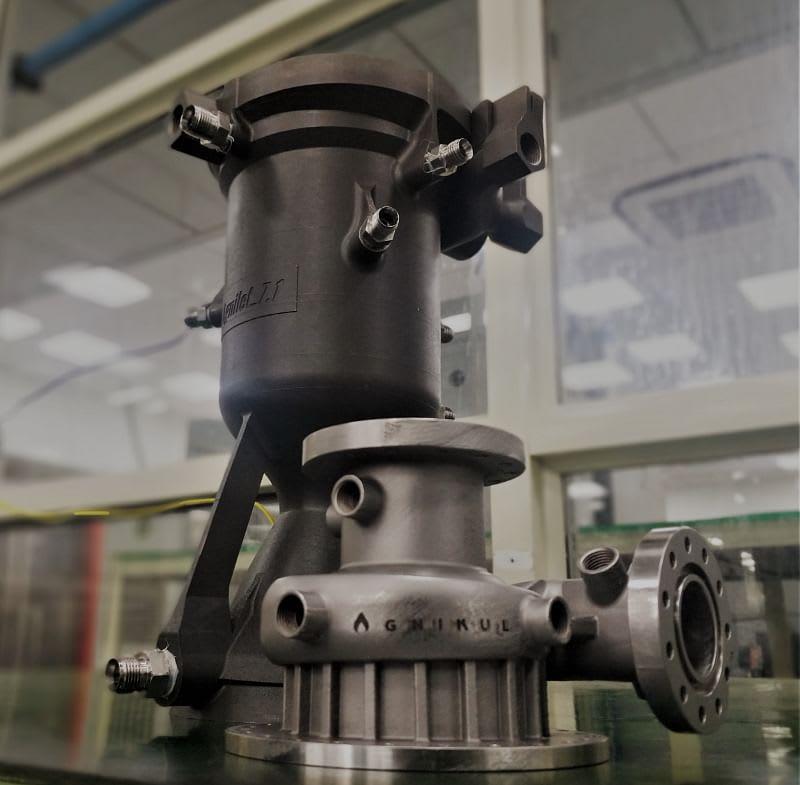
UNIFORMITY
REAL-TIME QUALITY CONTROL
AND PART INSPECTION
- Intelligent data-driven manufacturing
- Machine learning control algorithms
- Collaborative additive and subtractive process enables complex geometry
Collaborative robotics
and path planning
- Verification and validation data captured during manufacturing
- Flexible and highly scalable system architecture
- Cloud-based manufacturing simulation and training
Careers
Scroll
CAREERS
CAREERS
View Open Positions
Relativity team members at our hanger at Launch Complex 16 in Cape Canaveral, FL
Celebrating World Creativity and Innovation Day 2022, Long Beach, CA Headquarters
Propulsion Test Technician working on our engine at our test facility in Stennis, MS
GO/NOGO polling from the control room at Cape Canaveral, FL
2022 Aerospace Games in Long Beach, CA
You're a multihyphenate human who thrives where engineering meets creativity. And we at Relativity defy labels, exceed expectations, and push through boundaries. From day one, you'll get to work on cutting-edge technology and solve complex problems in creative ways that haven't been done before. By creating the world's largest metal 3D printers, Relativity is taking 3D printing to new heights, starting first by creating orbital rockets, Terran 1, the world's first 3D printed rocket and Terran R, the first fully reusable, 3D printed rocket. With the ultimate goal of building humanity's multiplanetary future, Relativity is expanding the possibilities of the human experience by upgrading humanity's industrial base on both Earth and Mars. Want to create new worlds while protecting our own? Join our team and help create the future of manufacturing.
And we at Relativity defy labels, exceed expectations, and push through boundaries. From day one, you'll get to work on cutting-edge technology and solve complex problems in creative ways that haven't been done before. By creating the world's largest metal 3D printers, Relativity is taking 3D printing to new heights, starting first by creating orbital rockets, Terran 1, the world's first 3D printed rocket and Terran R, the first fully reusable, 3D printed rocket. With the ultimate goal of building humanity's multiplanetary future, Relativity is expanding the possibilities of the human experience by upgrading humanity's industrial base on both Earth and Mars. Want to create new worlds while protecting our own? Join our team and help create the future of manufacturing.
As a partner of NASA’s Stennis Space Center and the U. S. Air Force, Relativity operates multiple production, test, and launch sites across the country. Whether you want to work at our headquarters in California, our testing facilities in Mississippi, or our launch complex in Florida, Relativity has a spot for you.
S. Air Force, Relativity operates multiple production, test, and launch sites across the country. Whether you want to work at our headquarters in California, our testing facilities in Mississippi, or our launch complex in Florida, Relativity has a spot for you.
AUDACITY
Challenge convention in pursuit of an expansive future.
RELENTLESSNESS
Focus on achieving intentionally meaningful results.
WONDER
Approach the world with awe and a deep desire to create.
Humanity
Expand possibilities for the human experience in this world – and beyond.
We are committed to our team member’s health, well-being, and growth.
COMPREHENSIVE BENEFIT PACKAGEWe offer high-quality care plans for health, dental, and vision, and provide an additional stipend for employee wellness.
In addition to receiving a competitive salary and 401(k), team members are eligible to receive equity.
WORK / LIFE INTEGRATIONWe observe 11 company holidays and have a generous PTO policy.
TEAM CAMARADERIEOur team connects and recharges with monthly lunches, game nights, holiday celebrations, and offsite events.
Parental Leave and Family Building
We offer generous parental leave and provide a $10,000 stipend for fertility, adoption, and other family-building benefits.
LEARNING AND DEVELOPMENT
Our $2,000 annual learning stipend allows you to develop your professional skills and accelerate your career.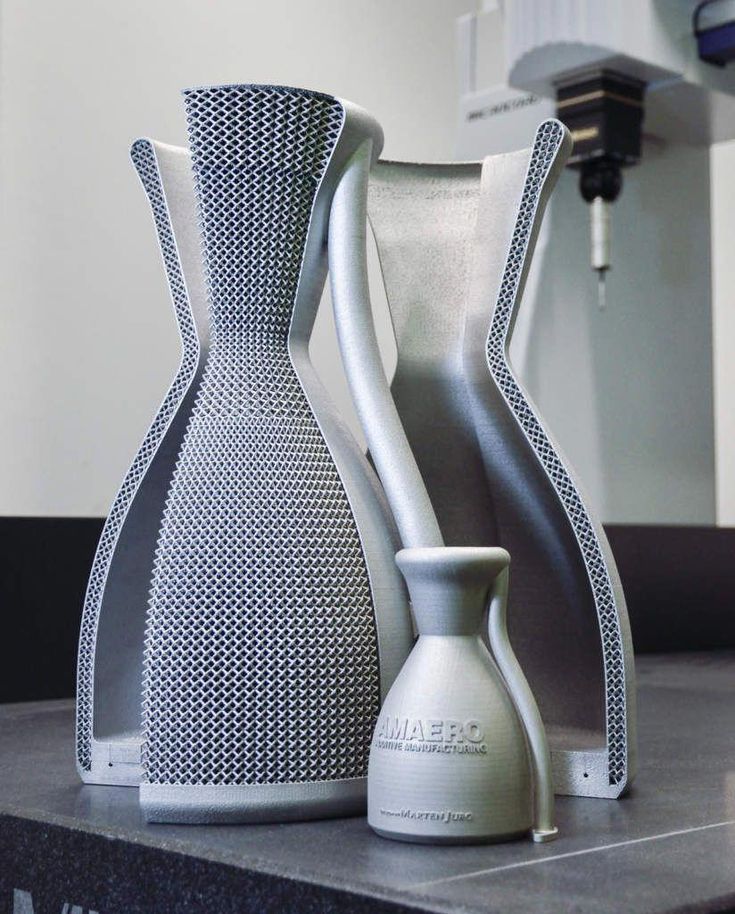 We also have constant training opportunities, company Lunch and Learns, and access to industry conferences.
We also have constant training opportunities, company Lunch and Learns, and access to industry conferences.
We look forward to welcoming you and building a multi-planetary future – for everyone!
We believe empowering people from different backgrounds, identities, and perspectives will advance our mission and enable us to build the highest-performing team possible. Diversity, equity, and inclusion are integrated into Relativity’s DNA, and we continuously take steps to advance our culture of belonging internally and externally.
Through our Inclusion Champion Program and Inclusion 30 Conversations, our team members advocate for DEI and consistently drive our mission forward. By partnering with organizations like the Los Angeles’ Racial Equity & Newly Empowered Workplaces (RENEW) Task Force, Aerospace 2030, and the City of Long Beach’s Space Beach Mentorship Program, we seek to inspire and build a more inclusive future for aerospace.
Relativity team. Pride celebration at Long Beach, CA Headquarters
Full-time positions are listed below.
Relativity Space tests 3D printed launch vehicle
News
-printed components in the current iteration is already 85% and according to the developers' plans it will reach 95%.
During testing, nine first stage engines ran for twenty seconds ( see video ). The Aeon 1 power plants are 3D printed and run on methane and oxygen. The company uses various 3D printing technologies, including selective laser sintering of metal powders on 3D printers manufactured by the German company EOS and laser-plasma deposition of aluminum alloys in the form of welding wire on an additive system of its own design called Stargate.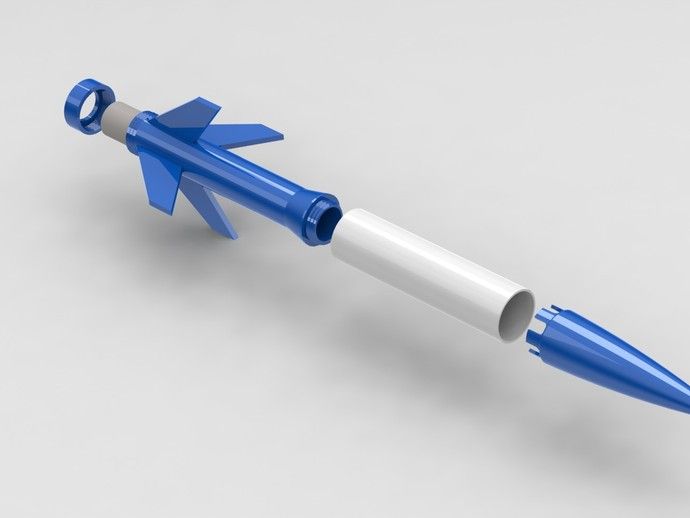
Terran launchers will be able to launch up to 1250 kg of payload to low Earth or up to 900 kg into sun-synchronous orbit. The first flight will take place this year, although the exact date is still unknown: the company planned to launch in June, but the schedule has shifted to the right.
The first non-commercial launch will take place from Cape Canaveral, from Launch Complex 16, leased from the US Air Force and previously used to test Titan ICBMs and Pershing short-range ballistic missiles.
In the long term, Relativity Space expects to reduce production times to two months through automation and the widespread use of additive technologies. The cost of a single launch of Terran 1 is estimated at twelve million dollars. By 2024, it is planned to complete work on a heavier Terran R launch vehicle with a payload capacity of up to twenty tons. Read more about production at the facilities of Relativity Space in the material at this link.
Space Relativity Space Terran 1
Follow author
Follow
Don't want
4
Article comments
More interesting articles
12
Subscribe to the author
Subscribe
Don't want
Ascon and Astra inform that the computer-aided design system Compass-3D v21...
Read more
5
Subscribe to the author
Subscribe
Don't want to
The Russian company Irwin, operating under the Magnum brand, went in a slightly unusual direction:. ..
..
Read more
46
Subscribe to the author
Subscribe to the author
Don't want to
American startup Iro3D has shipped the first 3D printers for printing metal products using the selec...
Read more
Read blogs
-printers in maxillofacial surgery and additive manufacturing of crowns and bridges
News
Subscribe author
Subscribe
Don't want
3
In this issue, we will talk about the development of the project of the New Zealand launch vehicle Electron with 3D printing engines, the use of additive technologies in maxillofacial surgery and the new DWS 3D printer capable of printing finished crowns and bridges in just twenty minutes.
Rocket Lab on the road to success
New Zealand-based rocket company Rocket Lab has received $75 million in additional funding to expand its manufacturing facilities in New Zealand and the US.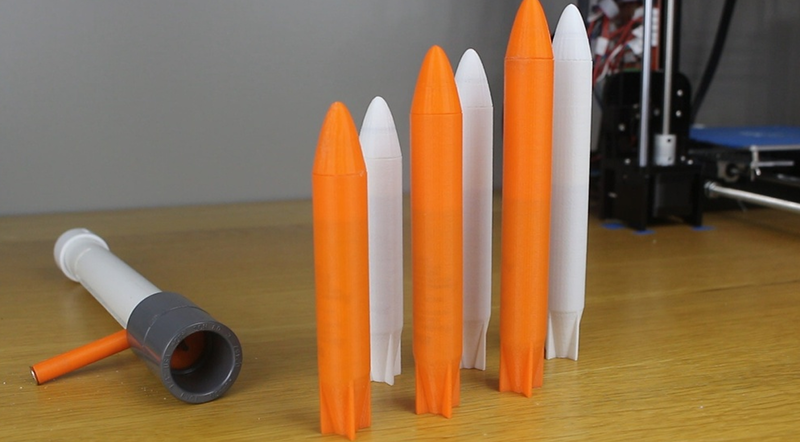 In particular, the production of engines and navigation systems is planned to be established in Huntington Beach, California, while the manufacture of elements of the supporting structure and assembly of missiles will be handled by the original facility in New Zealand.
In particular, the production of engines and navigation systems is planned to be established in Huntington Beach, California, while the manufacture of elements of the supporting structure and assembly of missiles will be handled by the original facility in New Zealand.
The company's flagship product is the Electron small launch vehicle, designed for mass production and designed to launch small CubeSat satellites into orbit. Carbon fiber is widely used in the design of rockets, and thrust is provided by 3D-printed Rutherford engines of its own design. The company is currently conducting flight tests on the Mahia Peninsula and plans to start commercial launches this year. In addition, one of the Electron launchers has been reserved by Moon Express to deliver the rover to the Moon as part of the Google Lunar XPrize competition.
3D printers in maxillofacial surgery
British doctors at the Royal Stoke hospital have applied additive technologies in reconstructive maxillofacial surgery.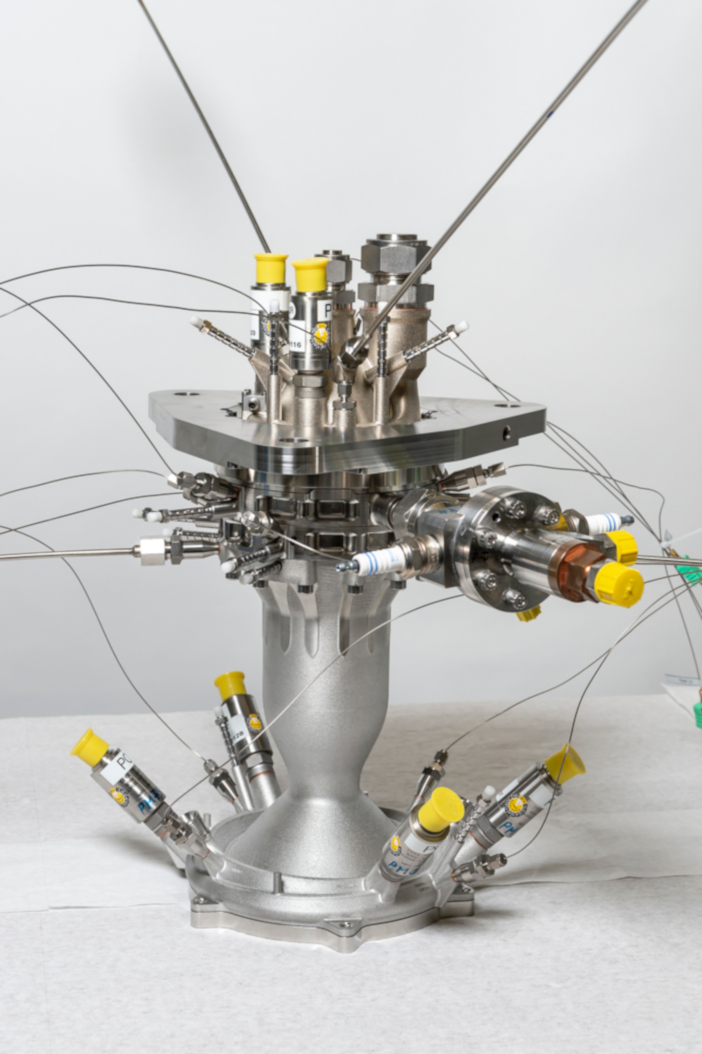 The patient was 53-year-old Stephen Waterhouse ( in illustration ), who was admitted for treatment eight years ago with a malignant tumor of the throat. After three years of chemotherapy and radiotherapy, the cancer was overcome, but a new problem arose: intense radiation led to the degradation of facial bone tissues.
The patient was 53-year-old Stephen Waterhouse ( in illustration ), who was admitted for treatment eight years ago with a malignant tumor of the throat. After three years of chemotherapy and radiotherapy, the cancer was overcome, but a new problem arose: intense radiation led to the degradation of facial bone tissues.
Separate sections of the patient's lower jaw literally crumbled, and the situation could only be saved by transplanting healthy tissues. The problem was in sculpting the grafts before implantation. The required shape was achieved using a high-precision 3D-printed model of the jaw, modeled on tomographic images and served as a model for trying on grafts. During the twelve-hour operation, the surgeons managed to completely restore the patient's appearance.
New dental printer from DWS
Another novelty presented at the International Dental Exhibition in Cologne is the DFAB laser stereolithographic printer from the Italian company DWS.